Rising Energy Demand
The increasing The Photovoltaic Market (PV) Industry. As populations grow and economies expand, the need for sustainable energy sources intensifies. According to recent data, energy consumption is projected to rise by approximately 30% by 2040. This surge necessitates the adoption of renewable energy solutions, with photovoltaics playing a crucial role. The Photovoltaic (PV) Market is positioned to meet this demand, as solar energy offers a scalable and sustainable alternative to fossil fuels. Furthermore, the shift towards electrification in various sectors, including transportation and heating, further amplifies the need for solar energy. Consequently, the Photovoltaic Market is likely to experience robust growth as it aligns with the global transition towards cleaner energy sources.
Technological Innovations
Technological innovations are a driving force behind the evolution of the Photovoltaic (PV) Market. Continuous research and development efforts have led to the emergence of advanced solar technologies, such as bifacial panels, solar tracking systems, and energy storage solutions. These innovations enhance the efficiency and performance of solar energy systems, making them more attractive to consumers and businesses. For example, bifacial solar panels can capture sunlight from both sides, potentially increasing energy output by 20% or more. Additionally, the integration of energy storage technologies allows for better management of solar energy, addressing intermittency issues. As these technologies become more prevalent, the Photovoltaic (PV) Market is expected to witness increased adoption rates and expanded applications across various sectors.
Growing Environmental Awareness
Growing environmental awareness among consumers and businesses is a significant driver for the Photovoltaic (PV) Market. As climate change concerns escalate, there is a heightened demand for sustainable energy solutions that reduce carbon footprints. Public awareness campaigns and educational initiatives have contributed to a shift in consumer preferences towards renewable energy sources, including solar power. This trend is reflected in the increasing number of residential and commercial installations of photovoltaic systems. Furthermore, corporations are increasingly committing to sustainability goals, often pledging to achieve net-zero emissions by a specific date. This corporate responsibility drives investment in solar energy projects, further bolstering the Photovoltaic (PV) Market. As environmental consciousness continues to grow, the demand for solar energy solutions is likely to expand, fostering a more sustainable energy landscape.
Declining Costs of Solar Technology
The Photovoltaic (PV) Market is significantly influenced by the declining costs associated with solar technology. Over the past decade, the cost of solar photovoltaic systems has decreased by nearly 90%, making solar energy more accessible to consumers and businesses alike. This reduction in costs is attributed to advancements in manufacturing processes, economies of scale, and increased competition among suppliers. As a result, the levelized cost of electricity (LCOE) from solar has become competitive with traditional energy sources in many regions. This trend is expected to continue, further driving the adoption of solar energy solutions. The Photovoltaic (PV) Market stands to benefit from this cost decline, as it enhances the economic viability of solar projects and encourages investment in renewable energy infrastructure.
Government Policies and Regulations
Government policies and regulations play a crucial role in shaping the Photovoltaic PV) Market. Many countries have implemented supportive frameworks to promote renewable energy adoption, including feed-in tariffs, tax incentives, and renewable portfolio standards. These policies are designed to encourage investment in solar energy and facilitate the transition to a low-carbon economy. For instance, several nations have set ambitious targets for renewable energy generation, aiming for a substantial percentage of their energy mix to come from solar sources by 2030. Such regulatory support not only boosts investor confidence but also stimulates innovation within the Photovoltaic (PV) Market. As governments continue to prioritize sustainability, the demand for solar energy solutions is likely to increase, further propelling market growth.
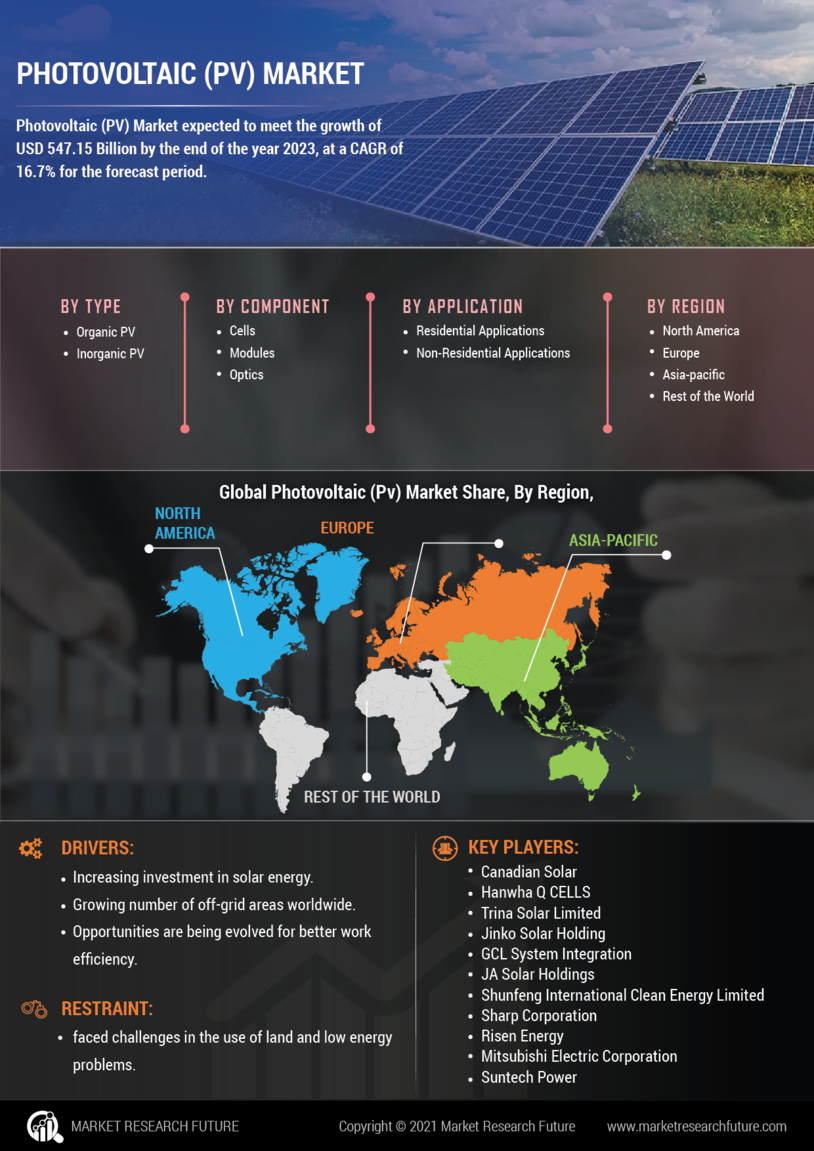

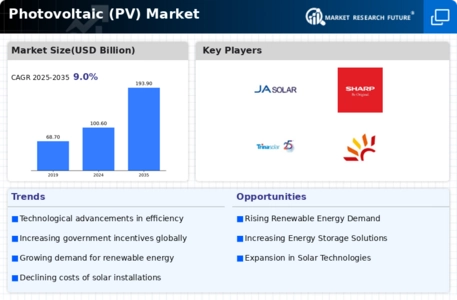
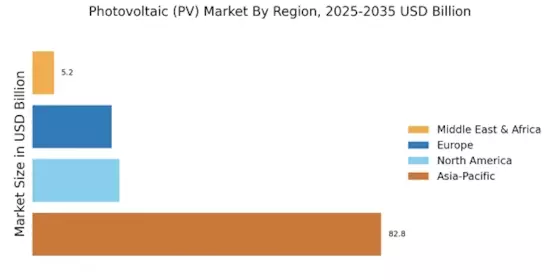

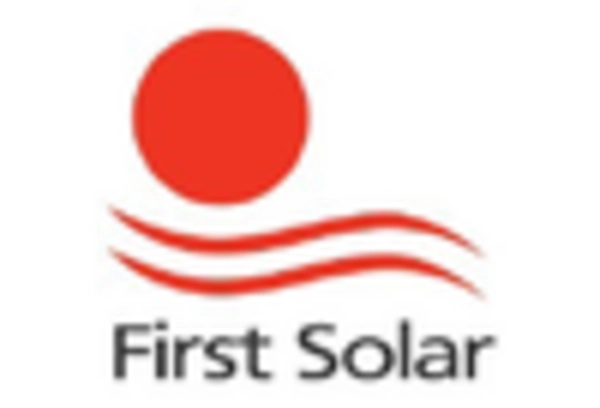
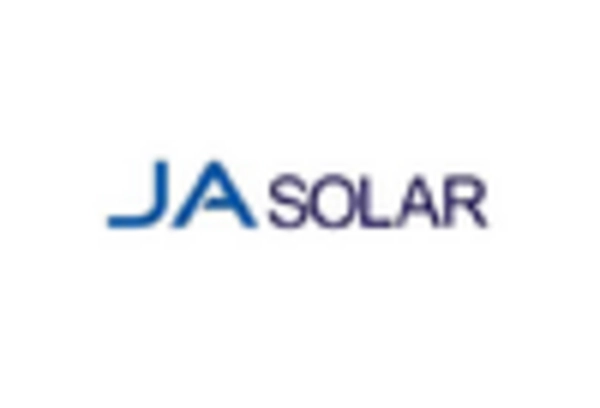

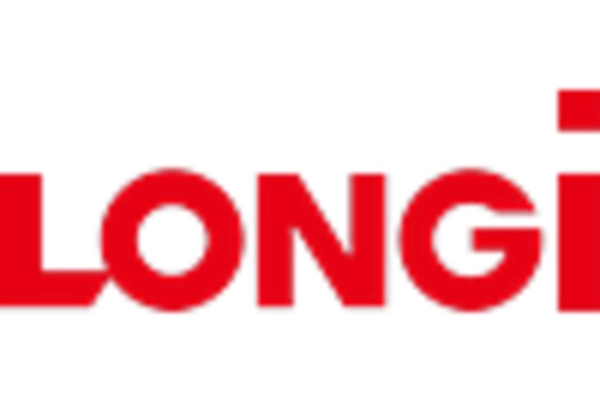









Leave a Comment